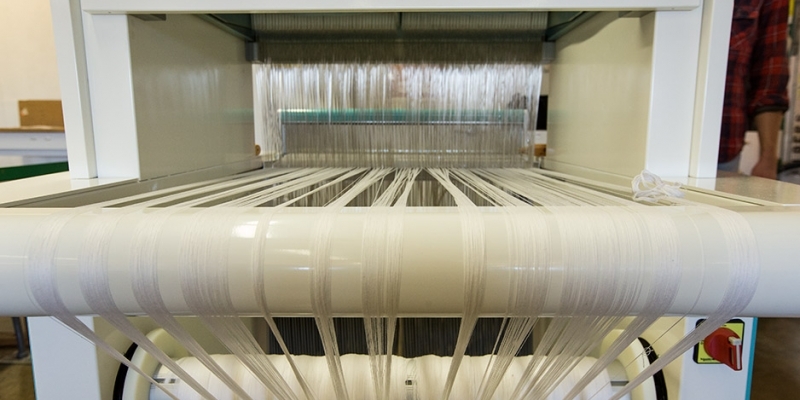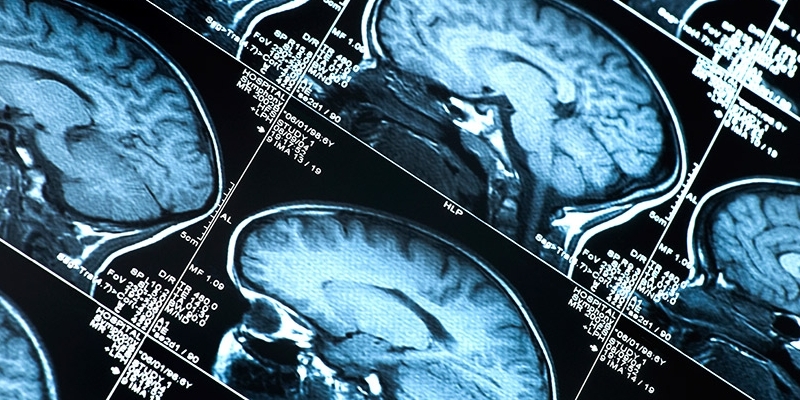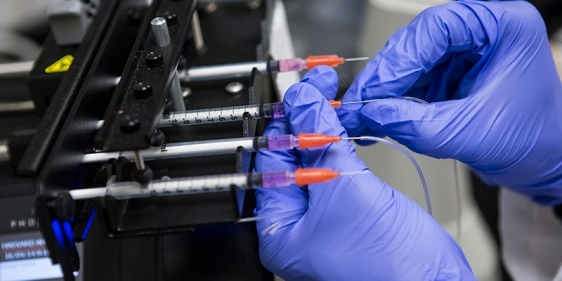Temple attains $20 million award for materials, brain injury research
U.S. Army Research Laboratory funding is one of the largest awards in university history.
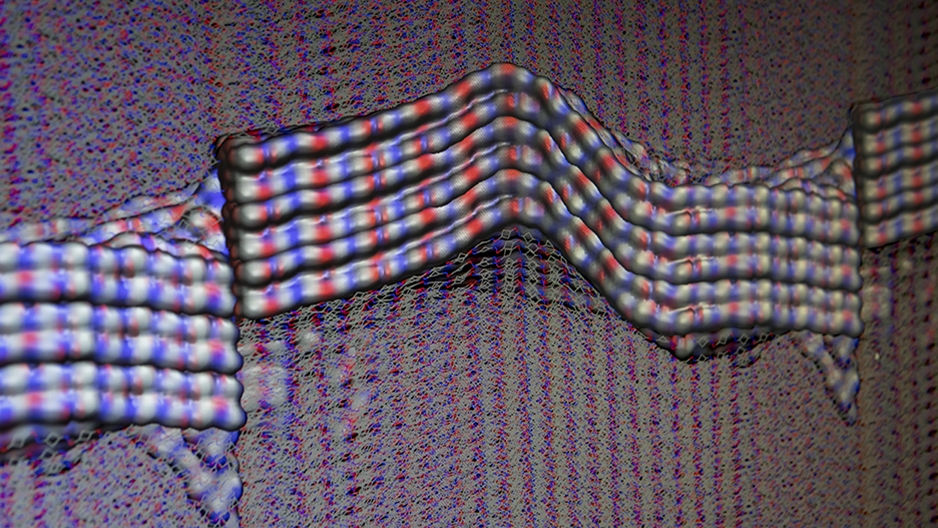
In one of the largest cooperative agreements for research in Temple University history, an interdisciplinary team of faculty is participating in a $20 million, two-year agreement with other universities and the U.S. Army Research Laboratory, or ARL.
Temple will be working with the ARL to perform research in three major areas: understanding and improving the performance of materials through the use of computational modeling; understanding the mechanisms and thresholds of traumatic brain injury by reviewing clinical, behavioral and biochemical changes related to traumatic brain injuries and concussions; and exploring new ways to improve protection against ballistics impacts.
“This pioneering research by some of our most highly regarded faculty supports the protection of soldiers and also has potential for broader applications,” said Temple University President Richard M. Englert. “Temple’s research enterprise is clearly on the rise, and this is a tremendous example of what our expertise can do to improve lives.”
Other higher education collaborators include the University of Southern California, University of Southern Mississippi and the University of North Texas.
“ARL is creating a transformative global science and technology ecosystem by linking government, academia and business to share the best and brightest people, ideas and facilities in forward-reaching research areas of strategic importance to the Army,” said Philip Perconti, ARL acting director.
Under the leadership of Vice President for Research Michele M. Masucci, Temple’s research team features: College of Science and Technology Dean and Laura H. Carnell Professor of Science Michael L. Klein; Laura H. Carnell Professor of Physics and Chemistry John Perdew; Associate Professor of Neuroscience and Neurovirology T. Dianne Langford of Temple’s Lewis Katz School of Medicine; and Associate Professor of Kinesiology Ryan Tierney in the College of Public Health. Langford and Tierney’s project team includes additional Temple faculty from medicine, engineering, science and technology, and public health, as well as a representative from Temple Athletics.
“This award evidences that by working together across schools, colleges and universities, Temple’s faculty is able to provide national leadership in the design, development and measurement of advanced materials to protect army personnel as well as athletes,” Masucci said. “Through improving our knowledge of the protective effects of such materials by conducting clinical studies of their use, we hope to dramatically improve the safety of individuals at risk for traumatic brain injury.”
The research effort, which aims to create a new class of materials for use in personal protective equipment and decrease brain injuries, will leverage Temple’s Center for Computational Design of Functional Layered Materials and the Temple Materials Institute to develop and test new materials, as well as the university’s clinical, research and educational expertise in monitoring and understanding the consequences of head injuries.
“The project will also develop technologies that can be commercialized and brought to market, broadening the benefits of the program to society at large,” said Stephen Nappi, Temple’s associate vice president for technology commercialization and business development.
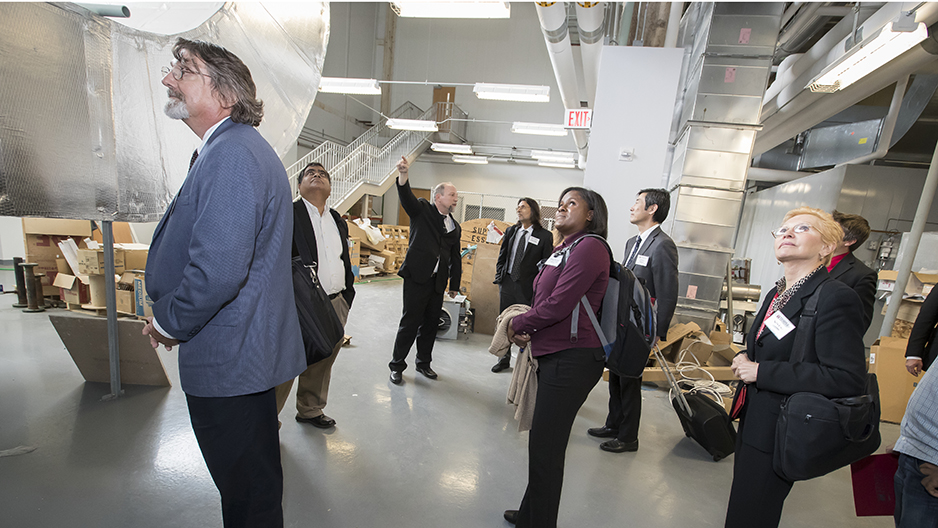
Photograph by: Betsy Manning
